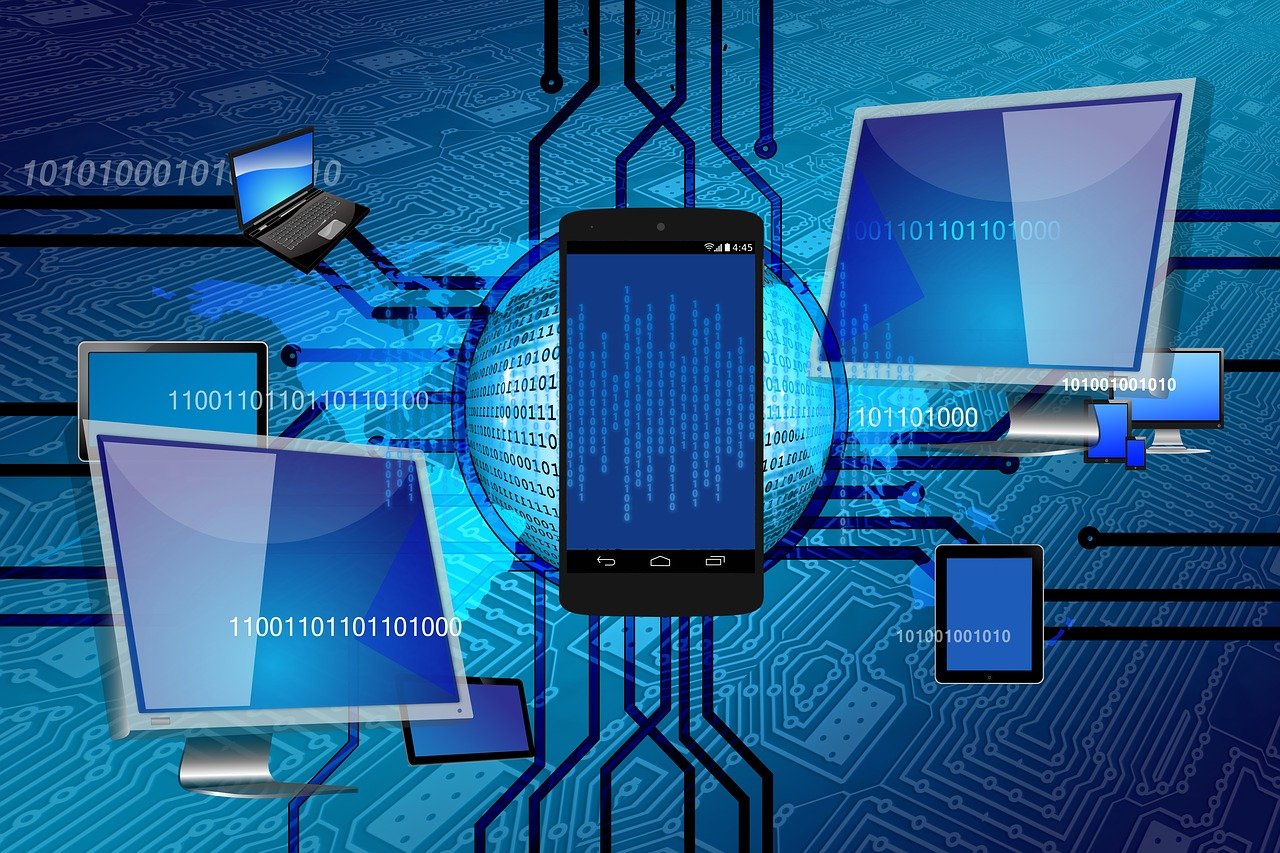
Let us look at the compensation for AI voiceover work. Companies like Deepdub have introduced a Voice Artist Royalty Program for voice actors whose performances are used in generative AI-powered projects. This program pays voice actors when their unique vocal profiles, turned into synthetic voices, are used in productions. It represents an effort to ensure ongoing revenue for voice actors from the use of their vocal performances in synthetic voice projects. This is not always the case with a lot of AI companies. Many look to pay a one-off fee (Typically very low) for the perpetuity of the voice.
Buyouts are payments made to voice actors for the rights to use their recordings. There are two primary types of buyouts:
Full Buyout: This is a one-time payment allowing the client unlimited use of the audio. It generally applies to non-union voiceover work and means that once paid, the voice actor does not earn from that recording again.
Limited Buyout: This grants the client specific usage rights for a predetermined period and is usually more affordable than full buyouts.
Usage fees are additional payments based on how much a recording is used. These are often negotiated separately from the initial session fee and can vary based on factors like the medium (TV, Radio, Online, etc), duration (Weeks, Months Years), and region of usage.
Various factors influence the rates for voiceover work, including the project's scope, the medium, the duration of usage, the geographic region, and the voice actor's experience and reputation. Negotiating fair rates involves understanding industry standards, being clear about project details, and considering the voice actor's experience. AI can be widespread, or it can be specialized. For example, Replica Studios (Whom SAG-AFTRA recently signed an arrangement with) focuses on video games whilst PolyAI focuses on IVR, and Telephone on hold. Then there is VOCALiD which casts a wide net covering everything in the industry.
The GVAA rate guide is often referenced as a starting point for setting rates in the voiceover industry. It serves as an educational resource to inform discussions with producers and clients. NAVA is also a force for good in the battle for fair rates and treatment with AI. This is a promising beacon of light for the industry as pillars of strength are rising up to hold the industry rates high, protecting voice actors and the art. The things to avoid are perpetuity agreements without royalties/residuals and anything that looks to replace the human indefinitely.
As the voice AI industry evolves, new compensation models and legal frameworks are being developed. For example, the Voice Services Agreement Template (VSAT) offers a legal foundation for contracts between voice actors and companies developing AI voices. This template aims to protect voice actors' interests, ensuring fair compensation and control over their voice IP.
In conclusion, the compensation for voice actors in AI work involves a blend of traditional methods like buyouts and usage fees, along with emerging models like royalties for AI voice clones. The industry is adapting to these new technologies by establishing fair compensation schemes and legal protections for voice talent.
Compensation in AI Voiceover Work by Alan Shires